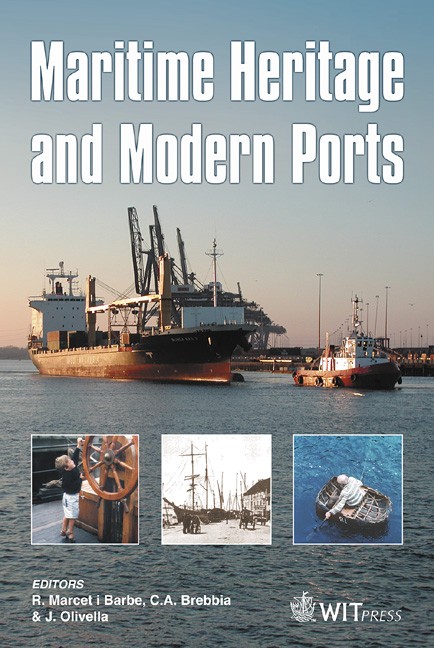Container Terminals In The Mediterranean Region
Price
Free (open access)
Transaction
Volume
79
Pages
10
Published
2005
Size
319 kb
Paper DOI
10.2495/MH050421
Copyright
WIT Press
Author(s)
J. C. van Ham & P. Autekie
Abstract
Globalisation of the world economy is the driving force behind the ever-growing flow of containers. The rapid growth of container traffic requires, amongst other things, additional terminal capacity. In this paper the issue is dealt with from a terminal operator’s (i.e. PSA Europe) point of view. Since the late 80s/early 90s stevedoring companies have started to invest in other terminals in order to establish a global network. Looking for new investment opportunities various terminal operators focus on the Mediterranean region. Here, a distinction between two types of ports can be made; on the one hand existing ports (e.g. Barcelona, Genoa) that serve a particular hinterland, on the other hand major sea-sea transhipment hubs (e.g. Algeciras, Gioia Tauro) that have emerged lately. The latter category needs the special attention of an independent stevedoring company because shipping lines can easily move their sea-sea transhipment to other ports. After analysing the individual ports in detail, a score card has been used for project appraisal. By studying literature and consulting industry experts a limited set of Key Performance Indicators (KPI) was identified. Subsequently, a qualitative score for each KPI was assigned to the port under consideration. In this way the most promising business prospects become visible at a glance. Different investment strategies can be pursued: brownfield projects i.e. mergers and takeovers, and greenfield projects i.e. building new terminals. However, before the actual investment decision is taken, further research should be carried out. Keywords: container transhipment, performance indicators, project appraisal.
Keywords
container transhipment, performance indicators, project appraisal.





